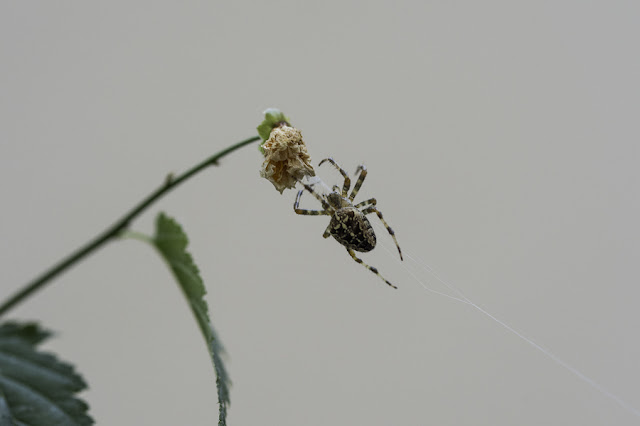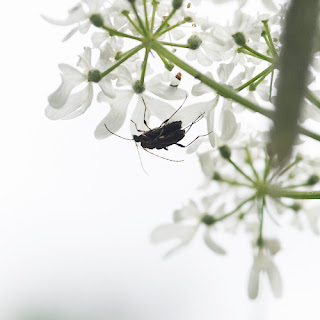For some years the photographer's number one tool after the camera has been Photoshop. I've been using it for about 18 years. There's probably still more about it that I don't know than I do. Working in a design office, where there were graphic designers, product designers, and architects, there was something new, some little tweak or alternative route that I discovered every day. It is an amazing tool.
That amazingness leads to some unfortunate perceptions. To say that an image has been Photoshopped tends to be derogatory, but also tends to display the ignorance of whoever says it. Pretty much every professionally made image will have been through Photoshop (or perhaps Lightroom, its equally amazing but leaner, younger sibling) even if only to leave a printable file: RAW files, the basic building blocks of the photographer's workings, are not viewable or printable in themselves.
There is no doubt that as many bad things have been done with Photoshop as good things; but we don't blame Word for bad writing ("O-o-oh! It's been Worded!") so why blame Photoshop for the crap produced by bad photographers and designers?
Sadly, the industry itself is partly to blame. This morning's email produced a good example. A company called onOne Software has been buying up good software companies and turning their product to shit. I hear from them because I have used the Genuine Fractals plugin for years. When I last checked it was the best image enlargement software easily available. For no good reason, onOne have renamed it Perfect Resize; this has obviously had such a negative effect that they now have to say
(formally Genuine Fractals) every time it's mentioned, a good indicator of their idiocy.
Of all the new techniques, the one which can produce the most hideous results is HDR, the trick of making an image look as if all the dark bits and all the light bits are equally well exposed, something which tends to be impossible in reality. This is what makes those vile pictures with over-blue seas and over-red mountains. Even in expert hands it's ugly, but in the mits of an amateur it's positively shocking.
onOne have a plugin dedicated to this, and
their video shows how horrible it is (although they seem to think it's pretty.)
But it wasn't this which turned on the light for me today - it was the blurb for their Perfect Layers software which rang the bell that turned the switch: "...the fast, easy, and affordable way to create layered files outside of Photoshop."
Has nobody at onOne seen the VW Golf ads, "Just like a Golf"?
Clunk.























